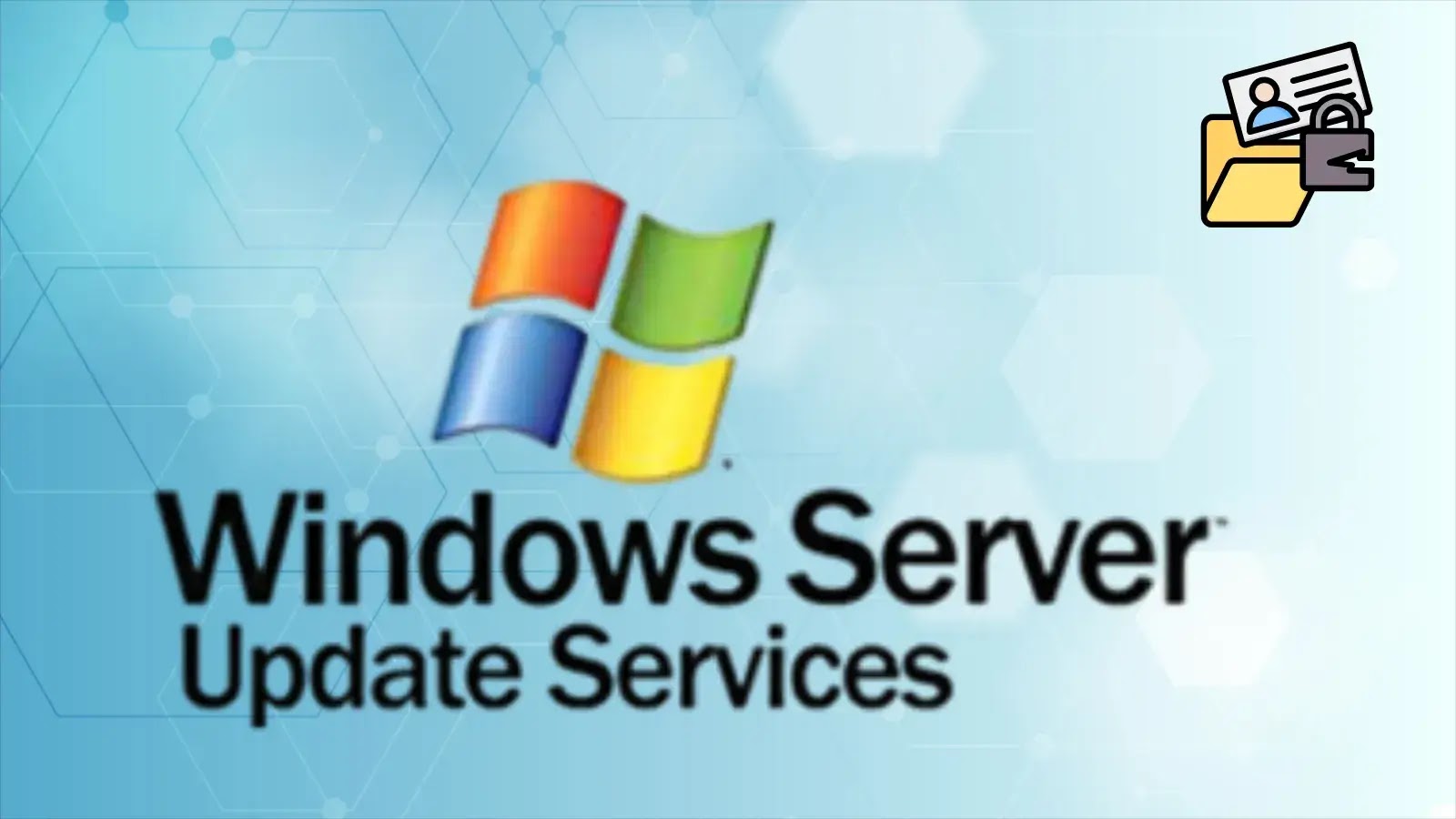In April 2025, the cyber threat landscape witnessed the emergence of Gunra ransomware, a formidable malware strain initially targeting Windows systems. This ransomware quickly gained notoriety for its aggressive double-extortion tactics, encrypting victims’ data while simultaneously exfiltrating sensitive information to coerce payments. By July 2025, Gunra had evolved, unveiling a sophisticated Linux variant that significantly broadens its attack surface and underscores the group’s strategic shift toward cross-platform operations.
Global Reach and Impact
Since its inception, Gunra ransomware has demonstrated a global reach, compromising organizations across diverse sectors, including healthcare, manufacturing, information technology, agriculture, legal, and consulting services. Victims have been reported in countries such as Brazil, Japan, Canada, Turkey, South Korea, Taiwan, and the United States. A particularly alarming incident occurred in May 2025, when the group allegedly leaked 40 terabytes of sensitive data from a Dubai hospital, highlighting their willingness to target critical healthcare infrastructure.
Technical Evolution: The Linux Variant
The introduction of the Linux variant marks a significant technical evolution for Gunra ransomware. This new strain exhibits advanced features designed to enhance its efficiency, configurability, and stealth:
– Multi-Threaded Encryption: The Linux variant supports up to 100 concurrent encryption threads, a substantial increase compared to other ransomware families that typically cap at 50 threads. This capability allows for rapid encryption of large datasets, minimizing the window for detection and response.
– Partial File Encryption: Operators can configure the ransomware to encrypt only portions of files, a tactic that accelerates the encryption process while rendering the data unusable. This selective encryption is controlled through specific parameters, allowing attackers to balance speed and impact.
– Configurable Parameters: The ransomware requires specific runtime arguments, including thread count, target paths, file extensions, encryption ratio, and RSA public key files. This level of configurability enables attackers to tailor the malware’s behavior to the targeted environment, optimizing its effectiveness.
– Stealth Operations: Unlike its Windows counterpart, the Linux variant does not drop ransom notes on the infected system. Encrypted files are renamed with the “.ENCRT” extension, and no direct communication or demands are made on the compromised machine. This approach suggests that ransom negotiations and extortion may occur through other channels, such as leak sites, enhancing the malware’s stealth.
Encryption Mechanism
The Linux variant employs a hybrid encryption scheme combining RSA and ChaCha20 algorithms. Files are processed in 1MB chunks, balancing performance and security. The partial encryption capability, controlled through ratio and limit parameters, allows attackers to selectively encrypt portions of files, reducing processing time while maintaining data inaccessibility. Additionally, the variant offers flexible key-storage options for RSA-encrypted keys. Using the “–store” parameter, the ransomware can save each file’s RSA-encrypted blob in a separate keystore file rather than appending it to the encrypted file, further complicating recovery efforts.
Strategic Implications
The development of a Linux variant signifies Gunra’s strategic intent to target multi-platform environments, reflecting a broader trend among ransomware groups to expand their reach. By compromising both Windows and Linux systems, Gunra increases its potential victim pool, particularly among enterprises with hybrid infrastructures. This cross-platform capability poses a significant challenge to organizations, necessitating comprehensive security measures across all operating systems.
Mitigation and Defense Strategies
Given the sophisticated nature of Gunra ransomware, organizations must adopt a multi-layered security approach to mitigate the risk:
– Regular Backups: Implement and maintain regular, secure backups stored offline or in encrypted cloud environments. Ensure that backup systems are not accessible from the primary network to prevent them from being targeted during an attack.
– Patch Management: Keep all systems, including both Windows and Linux environments, up to date with the latest security patches to close vulnerabilities that ransomware could exploit.
– Endpoint Detection and Response (EDR): Deploy robust EDR solutions capable of identifying and responding to suspicious activities across different operating systems.
– User Training: Educate employees on recognizing phishing attempts and other common attack vectors used to deliver ransomware.
– Network Segmentation: Implement network segmentation to limit the spread of ransomware within an organization, reducing the potential impact of an infection.
Conclusion
The emergence of Gunra ransomware’s Linux variant underscores the evolving threat landscape and the increasing sophistication of cybercriminal groups. By expanding their operations to target multiple operating systems, these groups pose a heightened risk to organizations worldwide. Proactive and comprehensive security measures are essential to defend against such advanced threats and to safeguard critical data and infrastructure.



